#Asteraceae family
Text
Today's Haiku with Picture 342

How cold
Grow defiantly
It's Nogeshi
寒さなど
ものともせずや
ノゲシかな
This grass from the Asteraceae family can be used in salads like dandelions. Harunogeshi.
Common sowthistle Sonchus oleraceus
(2022.12.25)
5 notes
·
View notes
Text

Lupine (Asteraceae family), Alpine Lakes Wilderness Area, Washington, 2000.
#wildflowers#lupine#asteraceae family#alpine lakes wilderness are#mt. baker snoqualmie national forest#washington state#2000#photographers on tumblr#pew.pacific northwest
8 notes
·
View notes
Text
Randomly Selected Botanical Terms: Phyllaries
Flowers in the aster family have one of the most recognizable shapes in botany – a circle with a series of petals surrounding it. If you were asked to draw a flower, there is a good chance your drawing would look something like a sunflower, a daisy, a cosmos, or an aster. It’s one of the most basic flower shapes, and yet it isn’t a single flower; it’s a pseudanthium – a false flower. This is…
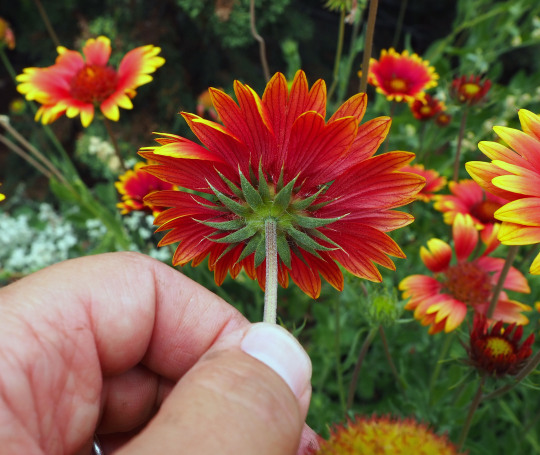
View On WordPress
#Asteraceae#blanketflower#botanical terminology#Botany#bracts#capitulum#Compositae#composites#curlycup gumweed#dandelion#florets#flower head#flowers#hoary tansyaster#involucre#Mexican sunflower#phyllaries#plant anatomy#plants#sunflower family
21 notes
·
View notes
Text
Another Flower that is Still Making Colorful Blossoms
Fall Resplendence
Although my primary reason (other than to see my friends) when I went out to Watermelon Pond to wander around was to look for birds, I try never to pass up a pretty flower, either. This Mexican sunflower bush (Tithonia diversifolia) was growing in my friend’s yard and still had a fair number of flowers on it. I tried to get a little artistic with this shot by using a very…
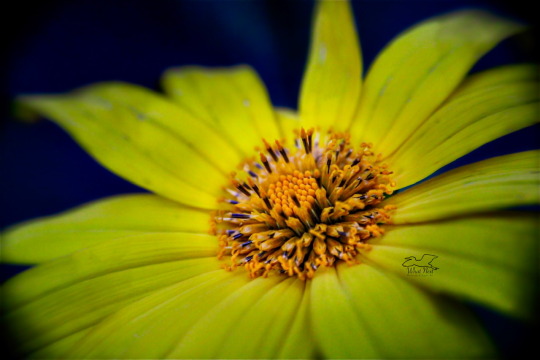
View On WordPress
#aster family#aster photographs#Asteraceae#Bolivian sunflower#colorful flowers#flower photographs#flower photography#flowers#Japanese sunflower#large flowers#macro photographs#macro photography#marigold tree#Mexican sunflower#Mexican tournesol#nonnative flowers#ornamental flowers#photography#sunflower family#sunflower photographs#tree marigolds
2 notes
·
View notes
Text


my first instinct when i saw this was aster (bc of the color mostly)
and while looking at it closer it isn’t exactly right, it could be maybe just their way to simplify it? because:


#enstars#seems appropriate here! and you cant expect me to look through thousands of different flowers in the asteraceae family#do lmk if you think im wrong / have a better answer for this
3 notes
·
View notes
Note
this valentine’s day i would like to profess my undying, ardent love for the callistephus chinensis (china aster)! the flower that contributed to me giving myself my name!!


not only are they a part of the (superior in my opinion) family of asteraceae, but also the genus’ (callistephus) etymology is derived from the greek words “kalli-” meaning “beautiful” and “stephos” meaning crown. they have beautiful chrysanthemum-esque blooms and come in all sorts of colours (my favourites being purple and white).
straying away from taxonomy a bit, asters in general are one of the birth flowers for september (my birth month!). they symbolise hope, faith and wisdom. and according to greek mythology, astraea (“star maiden”: goddess of purity, justice and innocence) cried because there weren't enough stars in the sky and when her tears hit the earth, they caused asters to bloom! continuing to follow the greek myth, she was the last goddess to live amongst the humans after the golden age, symbolising the decline of hope for humanity along with the decline of the ages. she left and became the constellation virgo i believe!
some more fun fun facts, asters have a most frequently observed number of n = 9 haploid chromosomes (2n = 18 for diploid). the numerology of the word “aster” also happens to be nine and guess what! september is the 9th month of the year! is it obvious i really like the number 9? almost as much as i love asters <3
String identified:
t at’ a t g, at t cat c (ca at)! t tat ctt t gg a!!
t a t a at t ( ) a ataca, t a t g’ (cat) tg t g “a-” ag “at” a “t” ag c. t a at cat- a c a t c ( at g a t).
tag aa ta a t, at ga a t t t ( t t!). t , at a . a accg t g tg, ataa (“ta a”: g t, tc a cc) c ca t 't g ta t a ta t t at, t ca at t ! ctg t t g t, a t at g t agt t a at t g ag, g t c at ag t t c t ag. t a ca t ctat g !act, at a a t t = 9 a c (2 = 18 ). t g t “at” a a t a g at! t t 9t t t a! t a t 9? at a c a at <3
Closest match: Caligus rogercresseyi isolate FCH chromosome 9
Common name: Sea louse
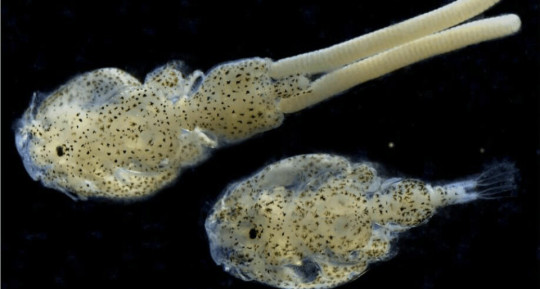
#tumblr genetics#genetics#valentines day#asks#requests#sent to me#thisisasteresque#flowers#plants#china aster#parasites#ocean#sea louse
2K notes
·
View notes
Text
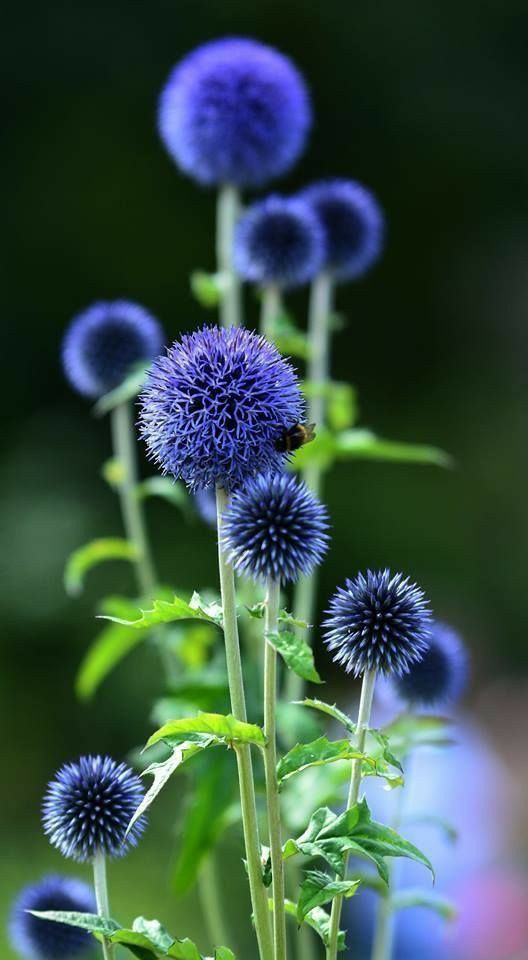
Echinops is a genus of the family Asteraceae, commonly known as Globe Thistles.
468 notes
·
View notes
Text
Mugwort
Artemisia Vulgaris
Known as: Artemis herb, artemisia, artemisia herb, cingulum sancti johannis, felon herb, muggons, naughty man, old man, old uncle Henry, sailor's tobacco & St.John plant
Related plants: A member of the daisy family Asteraceae that consists of over 32,000 known species of flowering plants in over 1,900 genera within it such as chamomile, coneflowers, dahlia, daisy, dandelion, goldenrod, lettuce, marigold & sunflower
Parts used: Leaves & flowers
Habitat & cultivation: Common mugwort is native to Europe and Eastern Asia. Mugwort was brought into North America as early as the 1600’s for medicinal purposes. It spread throughout the Northeastern U.S. as a contaminant on ships and nurseries.
Plant type: Perennial
Region: 3-8
Harvest: The flowering tops of mugwort should be collected once they bloom or right before the blooms open. The leaves of mugwort plants should be collected before the plant flowers. Older leaves & flowers are significantly more bitter
Planting tips: Mugwort seeds can benefit from a special 1 to 2 week treatment called cold moist stratification prior to planting them & need cold weather to break down germination inhibitors. The seeds require light to germinate, so be careful not to cover them when planting. Mugwort does not like to be overwatered & is very drought tolerant. It is also an invasive weed & best kept in a container.
Medicinal information: Historically mugwort has been used in traditional systems of medicine in different parts of the world. Today, mugwort taken orally is promoted for digestive problems, irregular menstruation, and high blood pressure. It is also promoted as a sedative, laxative, anti-inflammatory & liver tonic. Mugwort lotion applied topically can aid in itching caused by hypertrophic scars & When being smoked, it exhibits mild intoxicating properties & strong relaxing properties.
Cautions: Mugwort should not be taken by pregnant people because it may start menstruation and cause the uterus to contract. Little is known about whether it’s safe to use mugwort while chestfeeding. Mugwort might cause an allergic reaction in people with pollen sensitivities
Magickal Properties
Gender: Feminine
Planet: Venus & Neptune
Element: Earth
Deities: Aida Wedo, Artemis, Diana, Isis, Lakshimi & St.John
Magickal uses:
•Place under your pillow to bringing peaceful sleep, prophetic dreams & aid in astral travel
• Add to incense for cleansing and clearing energy
• Place around scrying tools to increase their energy
• Add to herbal smoke blends to stimulate lucid dreaming, astral travel & visualization
• Make an infusion of mugwort to wash magic mirrors and crystal balls to aid in physic workings
• Burn with Sandalwood or wormwood for scrying rituals
• Carry in a satchets for protection and increasing lust, fertility & preventing back pain
• Throw mugwort in a fire during Midsummer for protection for the following year
• Keep under your doorstep to keep annoying visitors away
• Use in tea before bed to encourage lucid dreaming
• Hang mugwort over or on a door to keep unwelcome energies from passing through
• During a storm or when your life feels threatened by impending dangers, toss into your hearth fire or cauldron to keep you safe
•Wash your hands with a mugwort infusion to increase energy flow before tarot or pendulum readings
Sources:
Farmersalmanac.com
The Herbal Alchemist Handbook by Karen Harrison
The Book of Flower Spells by Cheralyn Darcey
Llewellyn's Complete Book of Correspondences by Sandra Kines
A Witch's Book of Correspondences by Viktorija Briggs
The Encyclopedia of Natural Magic by John Michael Greer
Wild Witchcraft by Rebecca Beyer
Plant Witchery by Juliet Diaz
A Compendium of Herbal Magick by Paul Beyerl
Wikipedia
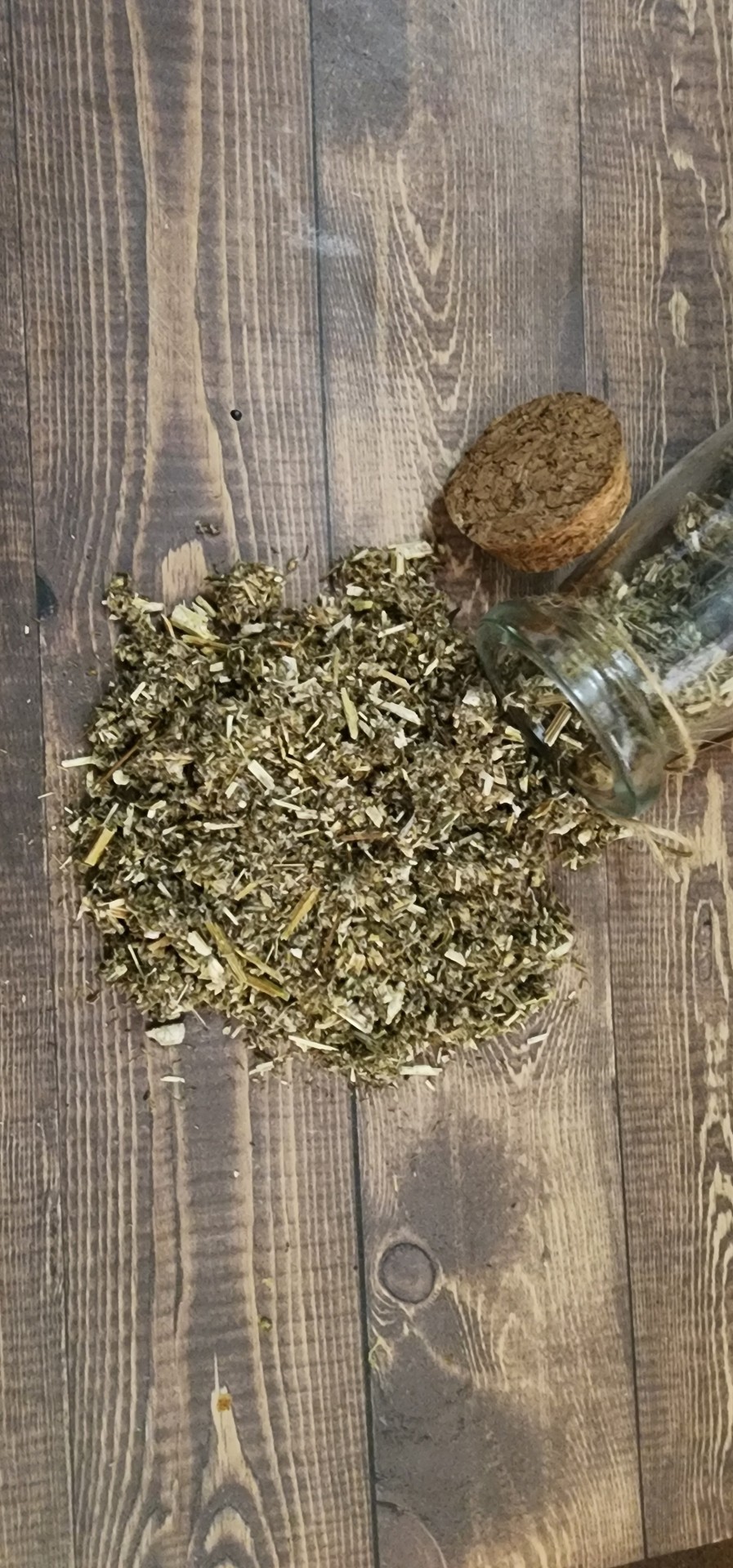
#correspondence#witch guide#mugwort#witchblr#wiccablr#paganblr#spiritual#witch community#witchcraft#witches of tumblr#tumblr witches#tumblr witch community#grimoire#book of shadows#spellbook#spells#spellwork#witch tips#baby witch#beginner witch#witch tumblr#green witchery#green witch#magical herbs#traditional witchcraft#witch#witchcore#baby witch tips#spell casting#GreenWitchcrafts
338 notes
·
View notes
Text

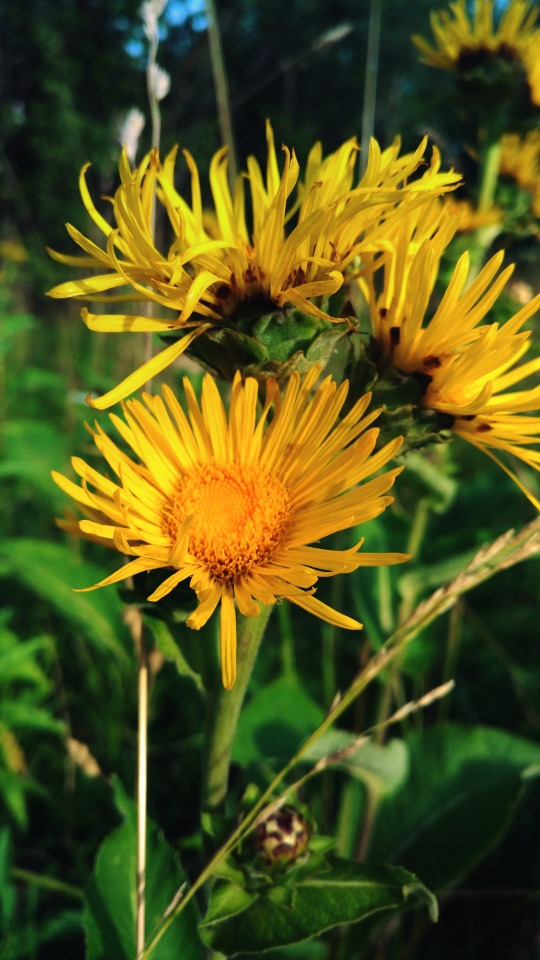

Девясил высокий (лат. Ínula helénium) — вид многолетних растений рода Девясил (Inula) семейства Астровые (Asteraceae). Он относится к древним лекарственным растениям, которые применяли врачи эпохи Гиппократа, Диоскорида, Плиния. Растение использовалось в практике Авиценны.
Elecampane (lat. Ínula helénium) is a species of perennial plant of the genus Inula (Inula) of the Asteraceae family. It belongs to the ancient medicinal plants that were used by doctors of the era of Hippocrates, Dioscorides, and Pliny. The plant was used in the practice of Avicenna.
#русский tumblr#россия#природа#зеленая природа#загородом#цветущие травы#желтые цветы#девясил#мои фото#макрофото#russia#nature photography#outdoors#beauty of nature#flowering herbs#yellow flowers#Elecampane#my photos#original photography#photographers on tumblr#macro photography
221 notes
·
View notes
Text

Some more tiny Aster! This time outdoor adventure!!
This exchange is inspired by the Ukagaka (by @logicpng) talking about Aster flowers and me noticing the similarities between them and common daisies and googling if they're related.
The family is Asteraceae btw, and they even share a sub-family and tribe!
I've had this scene rattling around in my brain for like a week now, now its finally out there, I'M FREE.
Although tiny Aster is living rent free in my brain anyways, so I might have to draw more lol
65 notes
·
View notes
Text
The Zinnia plant belongs to the Heliantheae tribe and the Asteraceae family. It is native to arid regions in the Southwestern United States, South America, and Mexico. Zinnias are known for their tall, single stems and vibrant, 12-petaled flowers. The genus is named after the German botanist Johann Gottfried Zinn.
897 notes
·
View notes
Text
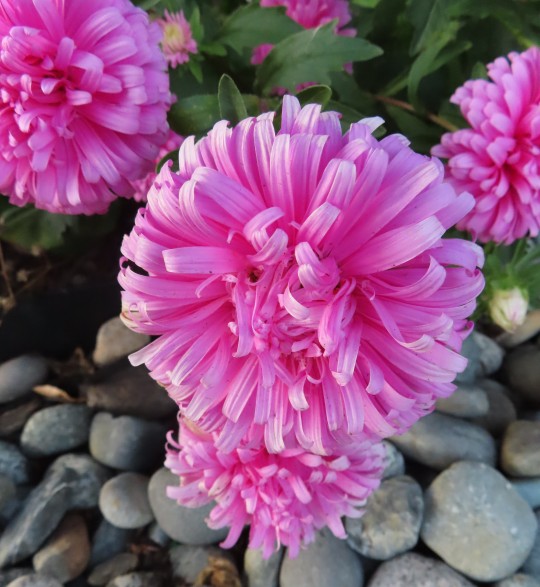
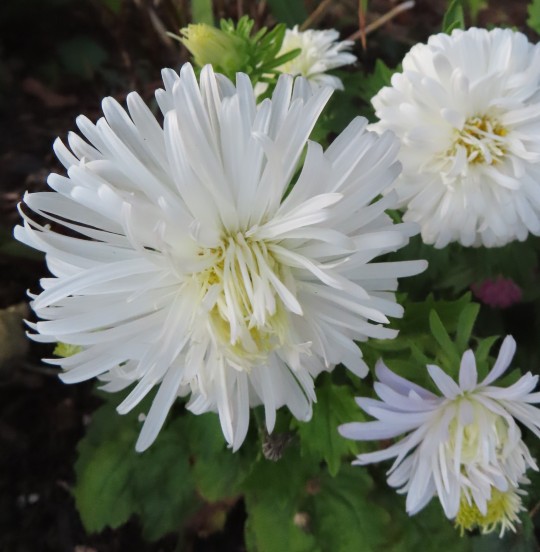


Callistephus chinensis (China aster)
Asteraceae is a large plant family that contains asters, daisies and sunflowers but the genus Callistephus contains just a single species and this is it, the China aster. This plant is native to China, Japan and Korea but the original wildflower only came in purple. After 2000 years of cultivation, it now comes in a dazzling array of colors and forms.
The China aster was introduced to European gardens in 1731 and is now grown in temperate gardens around the world. Callistephus chinensis is a cool climate annual and is much loved by florists for its long-lasting, cut flowers. China asters start to bloom in late spring and, as you can see, they're still 'strutting their stuff' in early October.
#flowers#photographers on tumblr#China aster#gardening#October#fleurs#flores#fiori#blumen#bloemen#vancouver
128 notes
·
View notes
Text

In case you are curious this yellow shrub is a rubber rabbitbrush is also known as gray rabbitbrush, or chamisa. This perennial shrub is a member of the Aster family (Asteraceae) along with sagebrush. Rubber rabbitbrush is highly variable, with several different subspecies located throughout the western United States. There was a lot of it at the Great Sand Dunes.
195 notes
·
View notes
Text
Beautiful Carolina Desert Chicory Loves All Dry Sandy Habitats
Sandhill Chicory
There isn’t much blooming yet here in north central Florida, but it won’t be long before it starts. In anticipation of that, I chose one of our common but always beautiful spring flowers. It called Carolina desert chicory (Pyrrhopappus carolinianus), which is really interesting because it’s most common in dry, sandy environments in Texas (hence some other common names; Texas…

View On WordPress
#artistic photographs#artistic photography#aster family#aster flowers#aster photographs#Asteraceae#Carolina desert chicory#chicories#chicory photographs#colorful chicories#fine art#fine art photographs#fine art photography#Florida chicory#Florida wildflowers#photography#Texas dandelion#Texas false dandelion#wildflower photographs#wildflower photography#wildflowers
0 notes
Text
Moth of the Week
Northern Giant Flag Moth
Dysschema howardi

Image Source
The northern giant flag moth is a part of the family Erebidae. It was first described in 1836 by Johann Christoph Friedrich Klug. This moth is known by two scientific names: Dysschema thetis and Dysschema howardi, which are considered to be synonymous. This moth’s scientific name may also be confused with Dysschema mariamne, which is the name of Mariamne’s giant flag moth.
Description Males and females have very similar patterned forewings that are black and white. They also both have red-orange abdomens, black heads, and black thoraxes with two yellow and white spots. However, both males and females have different hindwings, antennae, and sizes:
Females have orange hindwings while males have white ones.
A male’s antennae is fluffier than a female’s
Males are generally smaller than females
Males also tend to be more active.
Wingspan Range (Wikipedia): 85-95mm (≈3.35-3.74in)
Wingspan Range: (BreedingButterflies): 75-105mm (≈2.95-4.13in)
Diet and Habitat The larvae of this species eat on plants from the Asteraceae family such as Brickellia californica, Eupatorium rugosum, and Vernonia patens. Adults do feed, most likely nectar from flowers as when bred in captivity they are fed sugary liquids.
This species is found from south-western United States to north-western Mexico, specifically the states of Arizona, New Mexico, and Texas. They prefer habitats that are hot and dry.
Mating These moths can be seen flying from June to August and presumably mate during this time. When bred in captivity, if these moths are not fed Brickellia californica or other plants containing pyrrolizidine alkaloids they will not want to mate. This is possibly because some species in the Arctiidae subfamily use PAs to create mating pheromones and defend themselves from predators.
Predators Larvae of this species hide under objects during the day and are more active at night. Adults are known to show their hindwings to frighten off predators or play dead.
Fun Fact When the larvae of this moth is ready to pupate, it finds a place and spins a silk “hammock” to pupate in.
(Source: Wikipedia [1][2], BreedingButterflies, Texas Entomology)

Requested by: @rodereicus
#libraryofmoths#animals#bugs#facts#insects#moth#lepidoptera#mothoftheweek#Erebidae#northern giant flag moth#Dysschema howardi#Dysschema thetis
29 notes
·
View notes
Text
TARA HC TARA HC TARA HC!!!!

She is actually a really smart little guy, not in the "she studies a lot and gets good grades" type of way but in the "she gets really curious about stuff and meaning of words and she turns into Wikipedia when you ask her about it" type of way.
Sam: Look at this tiny sunflower
Tara: oh actually, that's a Rudbeckia hirta, commonly called black-eyed Susan, is a North American flowering plant in the family Asteraceae, but it's commonly mistaken for a sunflower for its colours even if the size is different. However, extensive breeding has produced a range of sizes and colours, including oranges, reds and-
Sam: woah...
119 notes
·
View notes